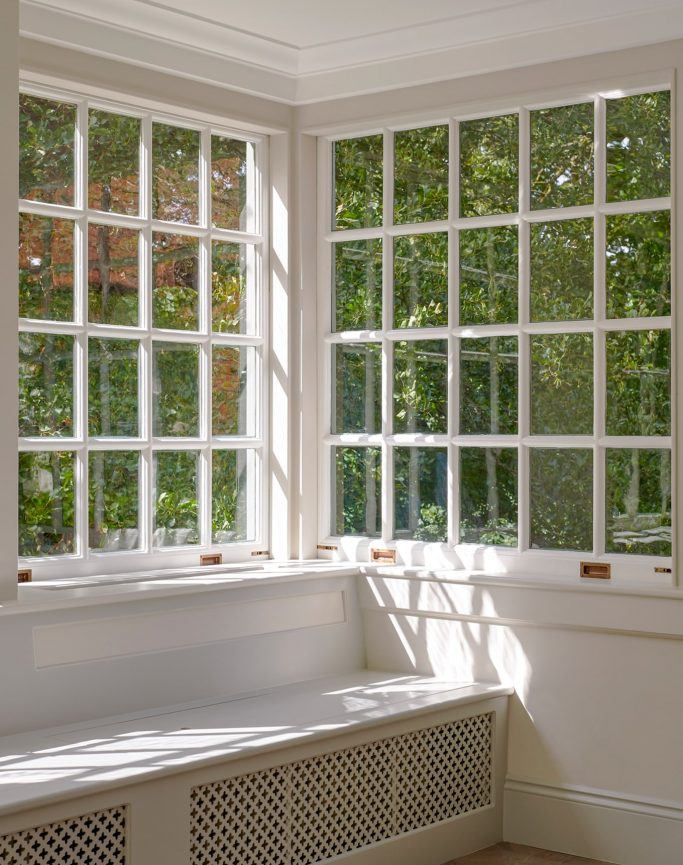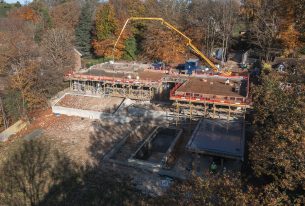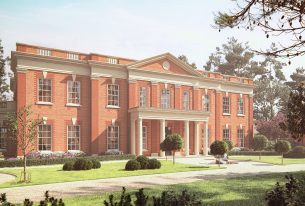

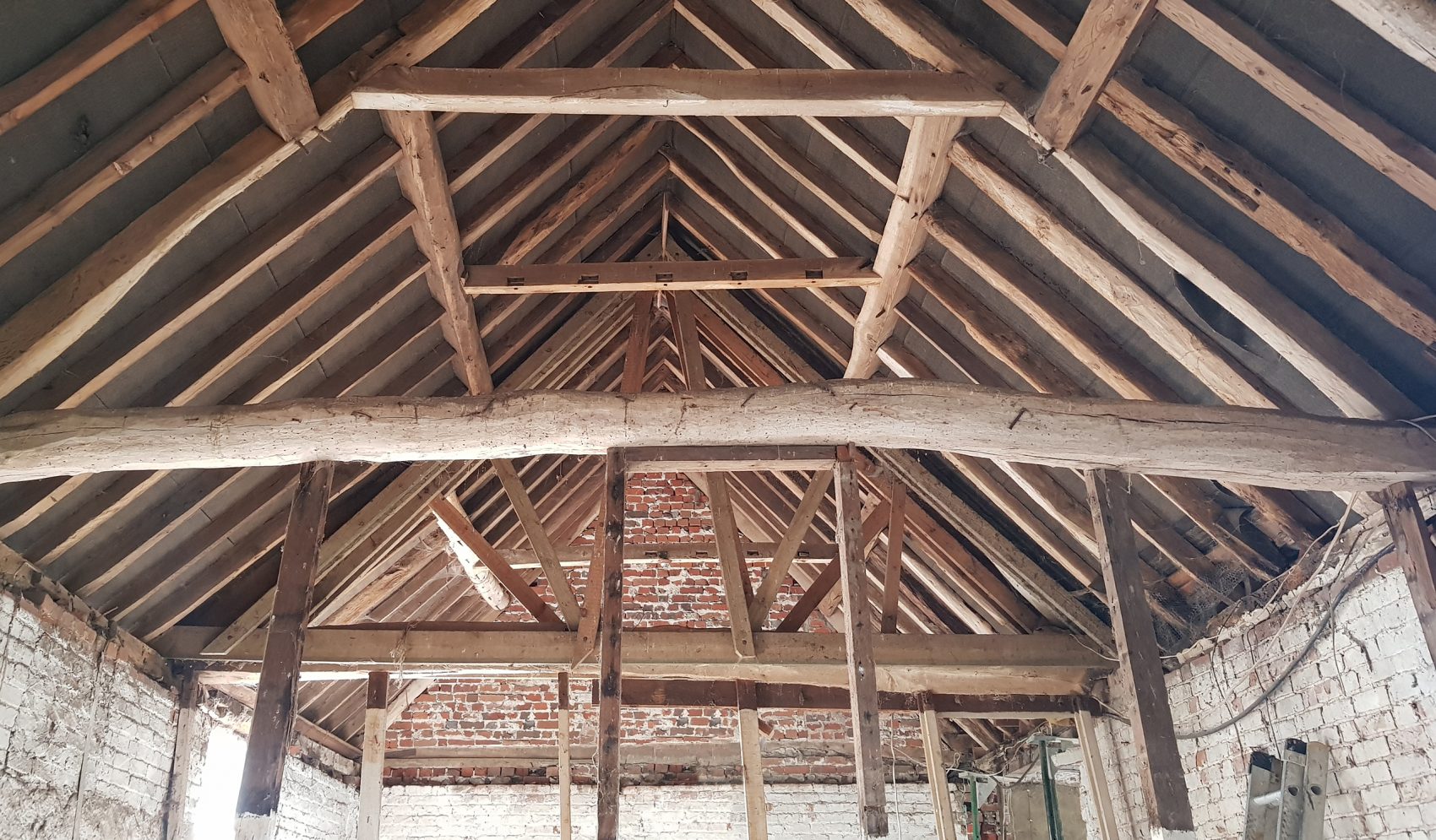
There is a tendency to get sentimental about old buildings. Look in any estate agent window and you’re likely to see property details that wax lyrical about original features and heritage materials. Often, however, heritage buildings do not align with contemporary lifestyle needs or sustainability goals and the rules in place to protect them from decline could actually be inhibiting preservation.
Let’s be clear, it is important to protect our heritage. That’s why we have a system of listing buildings of architectural importance and designating conservation areas. But not everything that’s old needs to be protected in this way. Preserving draughty and uncomfortable buildings sometimes involves prioritising the built environment over the natural environment, which would benefit much more from a thermally efficient replacement, built for the way we live now.
The problem is that a pragmatic approach to upgrading heritage buildings while protecting their architectural value is not compatible with the preservationist principles of conservation officers, heritage organisations and listed building regulations. Where common sense might suggest changes to improve practicality and sustainability, thereby extending the service life of the building, all too often, rigid, one-size-fits-all rules are applied, prohibiting changes, even if those changes would have no visible impact on the building and substantial positive impact on viability for a modern occupier.
Our own offices are a case in point. We occupy a 250 year old Grade II listed building which has had many uses in its life including as a bakery and overnight accommodation for postboys travelling from London to Portsmouth docks. Whilst the building has historical interest, it is otherwise architecturally unremarkable. Due to previous modifications by former owners and occupiers, nearly all of the internal original features have been removed already. Yet still, because it is listed, we have been instructed to replace the traditionally made timber double glazed sash windows, installed by the previous occupiers, back to single glazed. These haemorrhage heat and waste energy and mean that neither Hale nor the planet can benefit from the energy savings that could be gained by double or triple glazed windows. A casual observer from the street would not know that these were not the original windows. What is the benefit to the streetscape and community to having single glazed windows? What is the benefit in using glazing putty rather than contemporary timber glazing beads?

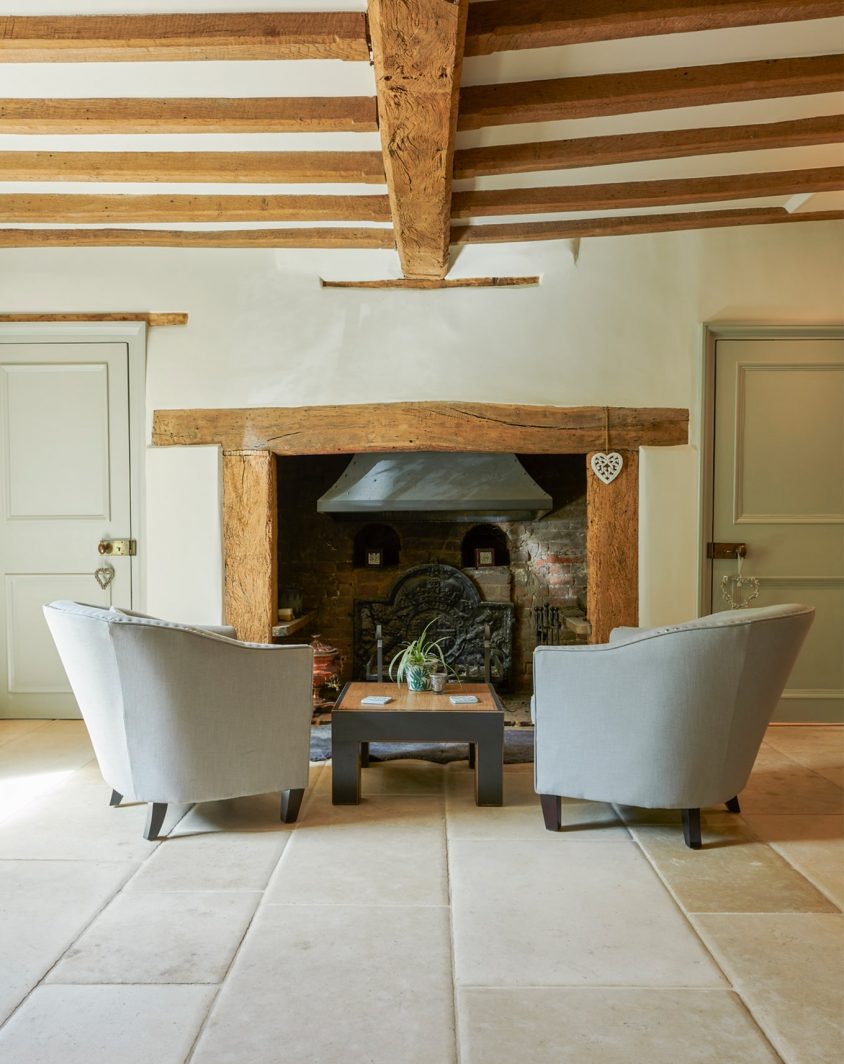
It’s important to acknowledge that the rules are there for good reason. In the past, a drive to be modern and update ‘old fashioned’ buildings with fashionable new looks led to a heritage disaster, with architectural features destroyed, ripped out or covered over in ways that meant they could never be restored. But, in an attempt to prevent such crimes against our architectural legacy being carried out ever again, the pendulum has swung too far the other way, preventing older buildings from being sensitively restored for a more practical, sustainable and comfortable future.
The saddest part of all is that this zero tolerance approach to modifying heritage buildings is, in many cases, contributing to their decline and dereliction. Property developers need to be able to make a profit from any heritage refurbishment projects they take on, which often means changing the internal layout or increasing the useable floorspace. If they cannot make the building work financially, the project ceases to be viable.
For example, a property in a conservation area may have a cellar that has been used for storage in the past but does not have sufficient headroom for use as accommodation. As a fine building contractor, we know that we could modify that cellar to create a useable basement without altering the streetscape, but the likelihood is that the changes would be vetoed due to the heritage status of the building. In that scenario, the building’s owner has lost an entire floor, dramatically altering what can be achieved from the project.
Rather than protecting buildings of architectural interest, rules that make it onerous for developers and private individuals to refurbish heritage properties discourage those who would sensitively restore and upgrade them from taking them on.
Meanwhile, planning enforcement is so poor that less scrupulous developers and construction companies are refurbishing historic buildings without engaging the specialist guidance of heritage professionals. They know that heritage requirements will afford them no flexibility, so rather than fall foul of the rules, they simply flout them, putting architectural features that ought to be preserved in jeopardy.
We are very fortunate in the UK to have an architectural legacy that spans centuries and encapsulates the unique social and political histories of locations across the country. That heritage needs to be preserved, but we ought to be empowering developers, building owners, architects and construction companies to do that well, with a foot in both the future and the past, rather than anchoring them to centuries old materials and design, for better or worse.
